This review of Nudism in a Cold Climate: The Visual Culture of Naturists in Mid-20th-Century Britain by Annabella Pollen (Atelier Éditions) was first published in the March 2022 issue of Apollo. Preview and subscribe here.
At the beginning of The Joke and Its Relation to the Unconscious (1905), Sigmund Freud poses the question, why should we take jokes seriously? It might be tempting to ask the same question about 20th-century nudism, the subject of Annebella Pollen’s new book, Nudism in a Cold Climate. As with jokes, however, it turns out that the supposed triviality of nudity masks a profound and fascinating issue that brings to light a rich social and cultural history.
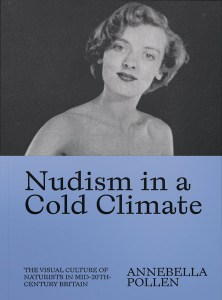 Nudism is a difficult term to define. In the most rudimentary sense it is simply the social display of unclothed bodies; simplicity, however, swiftly turns into complexity. As Pollen asks: ‘What makes a nudist nude different from others?’ What is so fascinating about this study is how slippery and evasive these cultural categories are and the ways in which arguments about the morality of nudism turn into a much broader debate about attitudes to the body in a period of massive change and upheaval. This is a book about cultural boundaries, between respectability and indecency, licit and illicit images, free-thinking and reserve, voyeurism and display.
Nudism is a difficult term to define. In the most rudimentary sense it is simply the social display of unclothed bodies; simplicity, however, swiftly turns into complexity. As Pollen asks: ‘What makes a nudist nude different from others?’ What is so fascinating about this study is how slippery and evasive these cultural categories are and the ways in which arguments about the morality of nudism turn into a much broader debate about attitudes to the body in a period of massive change and upheaval. This is a book about cultural boundaries, between respectability and indecency, licit and illicit images, free-thinking and reserve, voyeurism and display.
In three highly readable chronological chapters, Pollen traces the emergence of nudism as an organised practice in Britain from the 1920s through to the 1970s. Although the subtitle refers to Britain in the mid 20th century, most of the material relates to England and, in the main, to southern England. There is a geography to nudism, with the more temperate climate of the south making outdoor nakedness more agreeable than the harsher temperatures of the north. This also lends a distinctly Home Counties feel to many of the publications and images of the British movement. With very different expressions of outdoor body culture elsewhere in Europe and the United States, it is perhaps this compromise between radical liberation and restraint on the one hand and class consciousness on the other that characterises the British movement and gives it its distinctive national character.
Pollen argues that the social nudism movement of the 1920s was, in many ways, a retreat from the trauma of the First World War and the stresses of modern urban life. It offered physical rejuvenation and various leading figures in the movement advocated the healthy benefits of exposure of the body to the sun and the abandonment of the excessive adornments of ‘civilised’ society. From the beginning, however, nudism had to deal with accusations of indecency and promiscuity; for every evocation of a prelapsarian Paradise, there was a denunciation of untrammelled desire.
Pollen is a historian of photography and it is clear that nudism and photography have entwined histories. The unclothed body has been and continues to be a key subject for photographers. Nudism documented its history through photography (and, later, film), creating archives that supplement the already ubiquitous cultural presence of the photographic nude. Meaning, however, does not reside exclusively in the image; it also depends on the viewer and the context. Pollen demonstrates how the same image might appear in a naturist journal or in a soft-porn magazine. What might appear in the first context as a celebration of outdoor purity could in the second be an aid to masturbation.
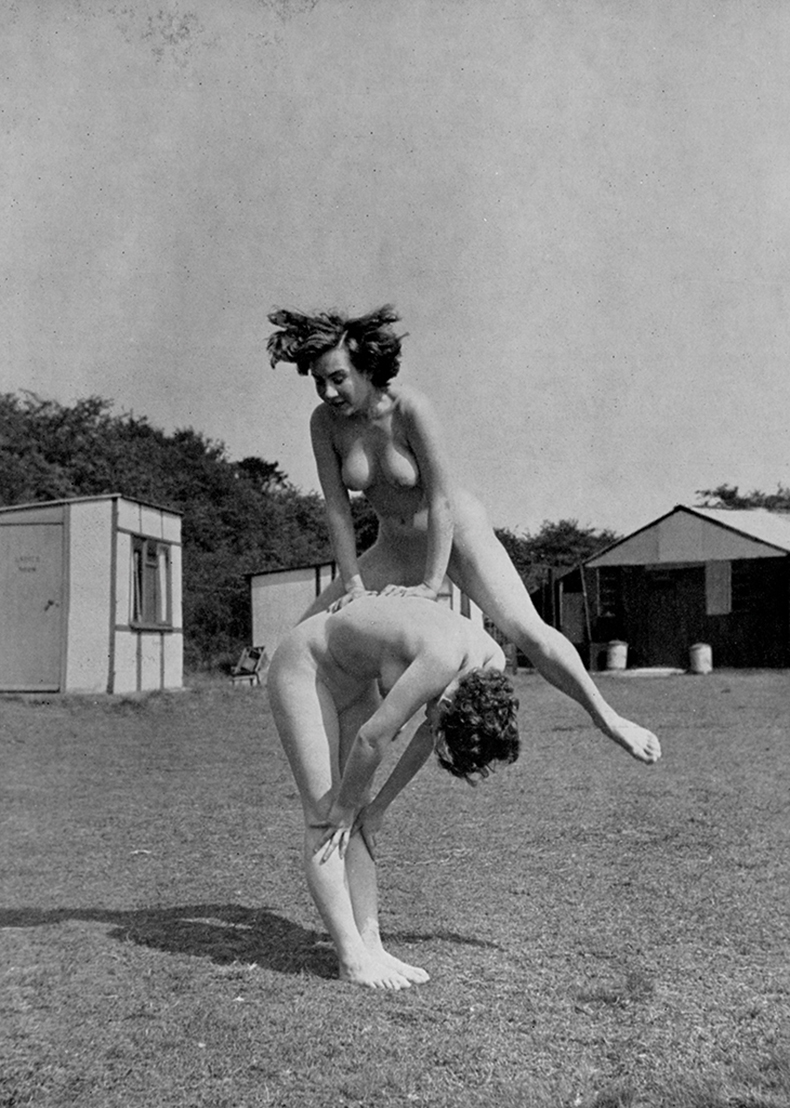
Gymnasts, photographed by Colin R. Clark and published in Health and Efficiency in 1952. Photo: © Colin R. Clark Estate
Pollen’s second chapter examines the fate of nudism during the Second World War; in spite of black-outs, bombing and rationing, naturists continued to argue for the benefits of their practice, and one nudist camp housed families made homeless by the Blitz. The movement survived the war, although with diminished numbers, and became part of the post-war publishing boom and the expansion of nude photography. In this cultural environment it became even more pressing, and more difficult, to distinguish the imagery of nudism from the sexualised nude pin-ups that had emerged during wartime. The morality of the movement was defended even more tenaciously, with indignant denials of all accusations of illicit or surreptitious intentions. There was no sex in naturist nudity, it was claimed. Nevertheless, the greater the protests, the closer naturist publications came to the magazines and albums of soft porn, with the same photographers and models and, at times, the same readers.
Perhaps the greatest celebrity in the post-war world of nude sub-cultures was Pamela Green. Green was a nude glamour model, cabaret performer and film actress. (She famously appears as a photographic model in Michael Powell’s film Peeping Tom [1960].) She was also entrepreneurial and with her business and personal partner, George Harrison Marks, established a substantial business creating photographs and films of the unclothed body, including Harrison Marks’s notorious film Naked – As Nature Intended (1961).
Green and Harrison Marks represent the increasingly unstable boundaries between art and obscenity in the 1960s and ’70s. Pollen examines a wonderfully wide range of sources, from parliamentary debates on the nude in the lead up to reform of the Obscene Publications Act in 1959, to Sir Kenneth Clark’s connoisseurial reflections in The Nude: A Study of Ideal Art (1956). As the pre-eminent art historian in Britain at the time, Clark differentiated ideal forms of the body in art from the image of the flawed naked body. It is thrilling to read a cultural history that brings together Pamela Green, the House of Lords, and a former director of the National Gallery to create a new perspective on Britain in the 20th century.
It is hard to say how extensive the British nudist movement was in the 20th century; at various points in the book Pollen’s estimates range between tens of thousands and the low thousands. But size isn’t everything. Nudism in a Cold Climate demonstrates unequivocally that social nudity was part of some of the most important debates of the period concerning sex and sexuality, race and national identity, and respectable and non-respectable visuality, and was a very serious business indeed.
Nudism in a Cold Climate: The Visual Culture of Naturists in Mid-20th-Century Britain by Annabella Pollen is published by Atelier Éditions.
From the March 2022 issue of Apollo. Preview and subscribe here.
Unlimited access from just $16 every 3 months
Subscribe to get unlimited and exclusive access to the top art stories, interviews and exhibition reviews.

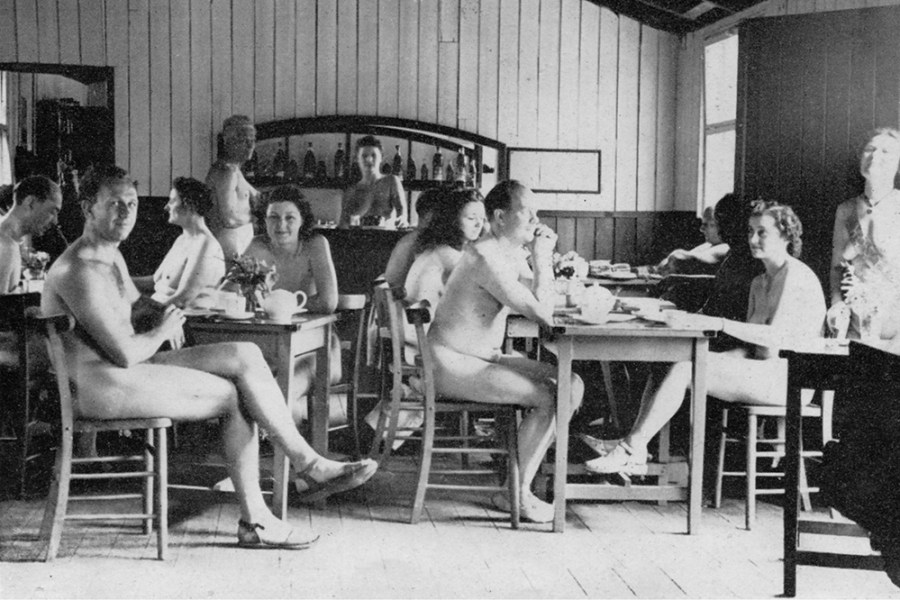
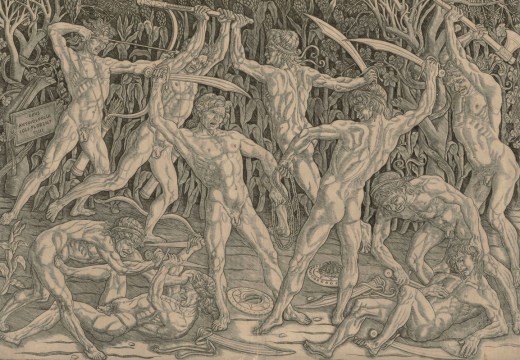
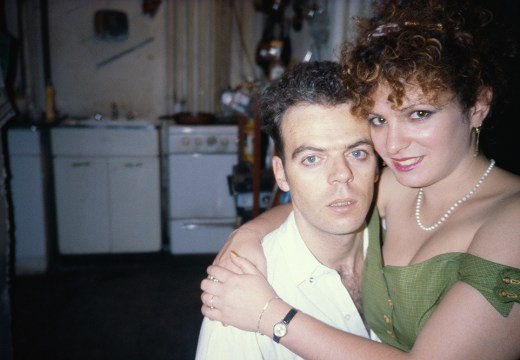
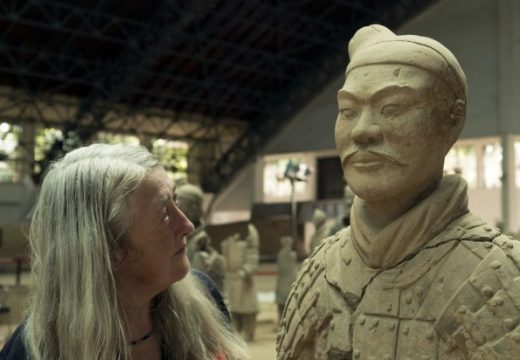









![Masterpiece [Re]discovery 2022. Photo: Ben Fisher Photography, courtesy of Masterpiece London](http://www.apollo-magazine.com/wp-content/uploads/2022/07/MPL2022_4263.jpg)
It’s time for the government of London to return to its rightful home